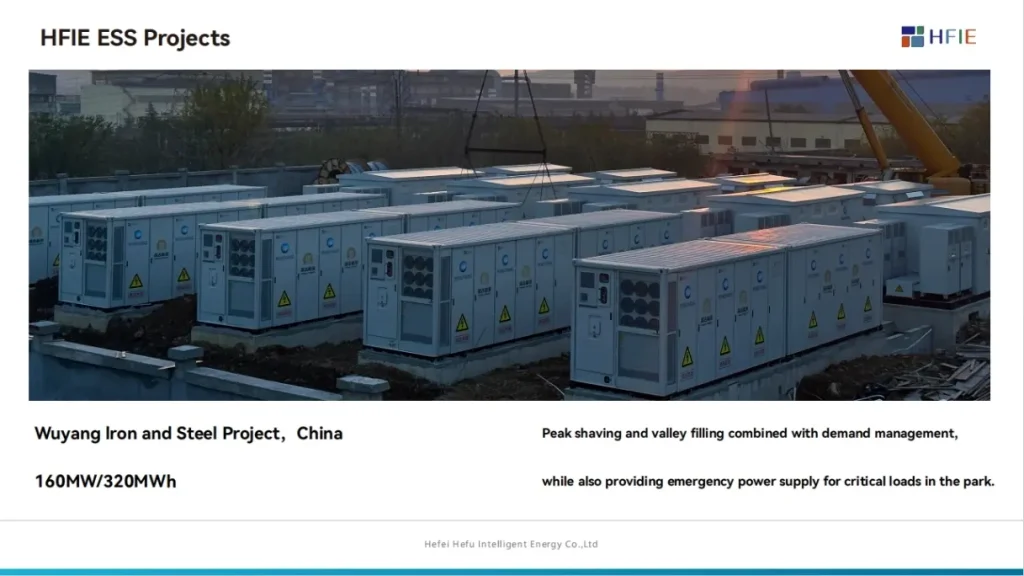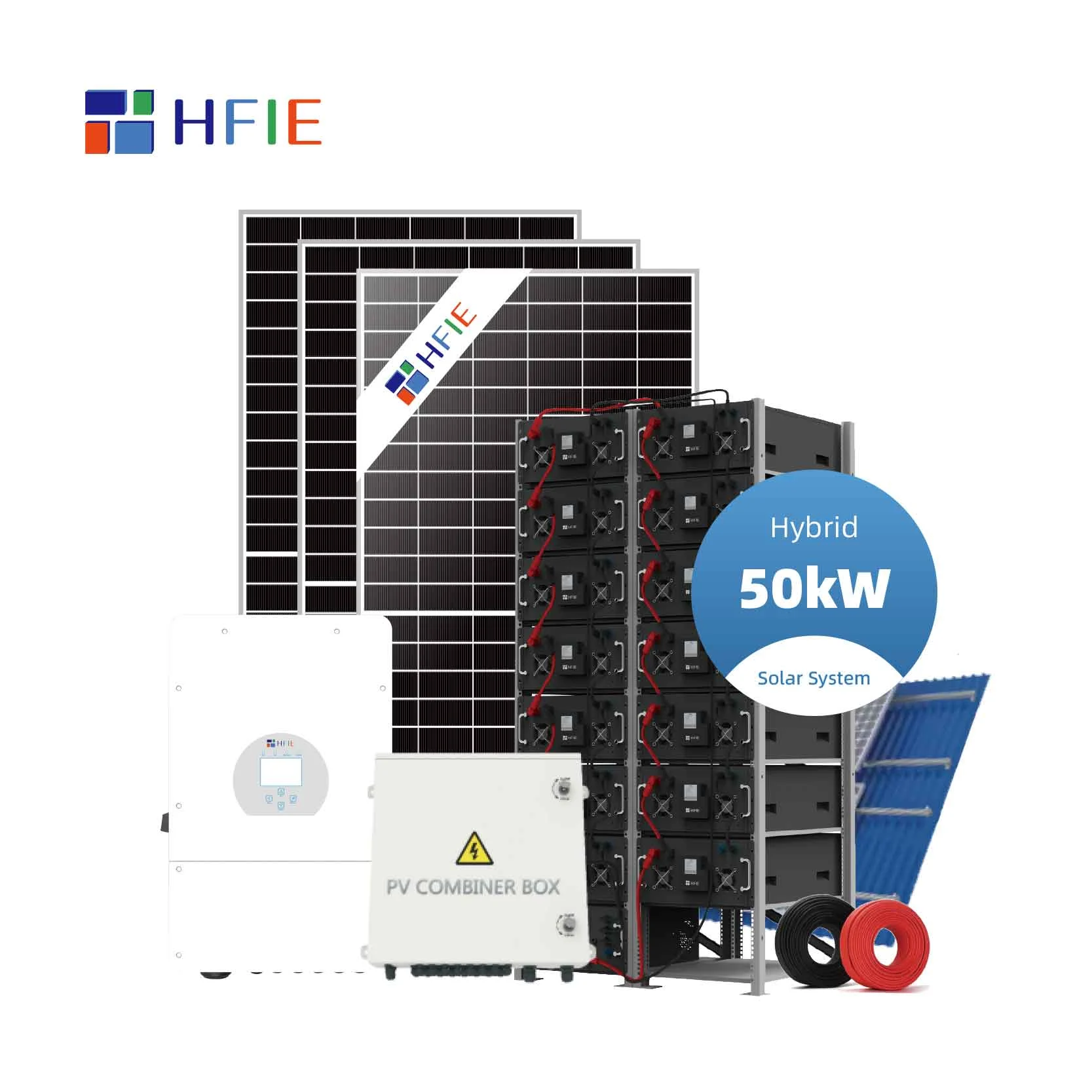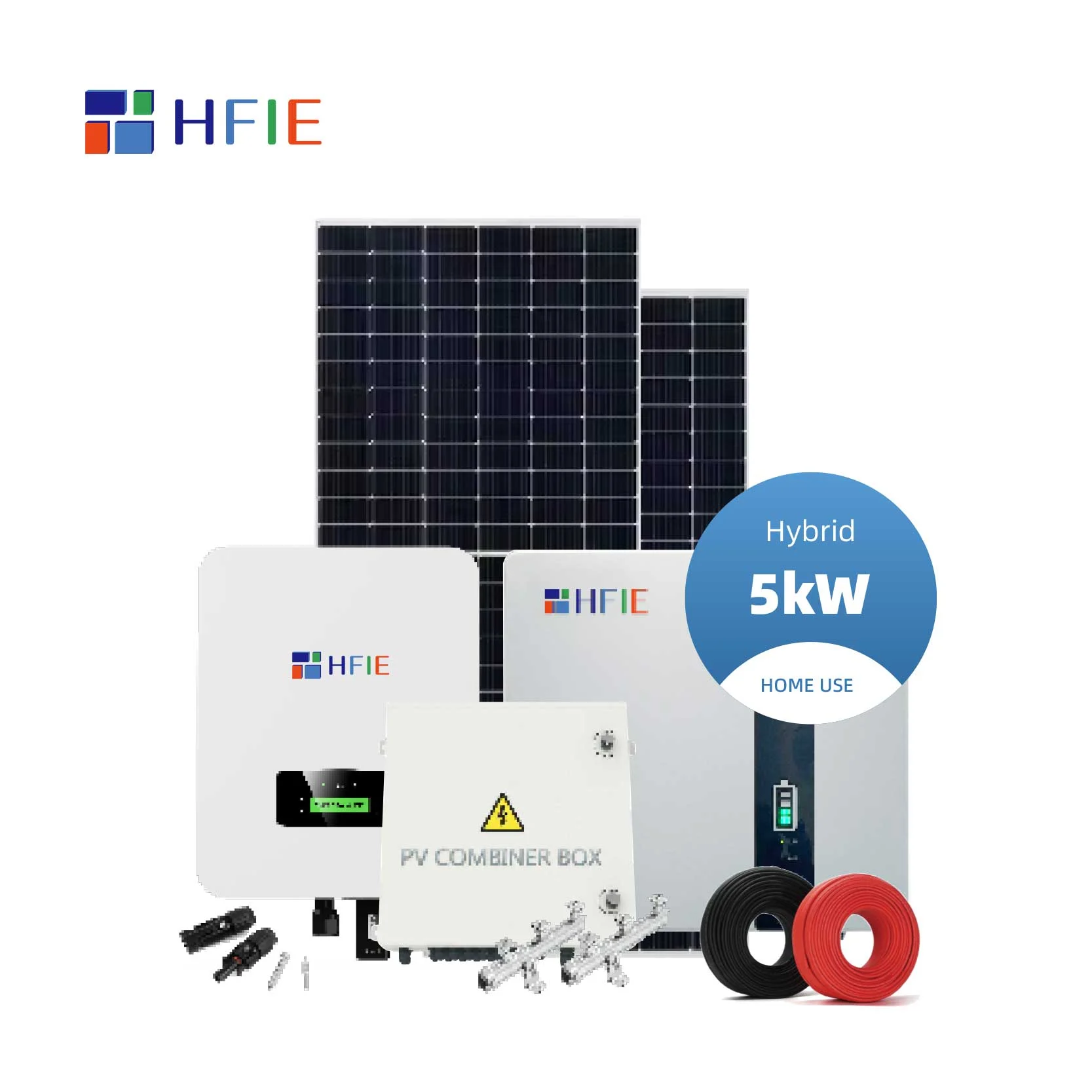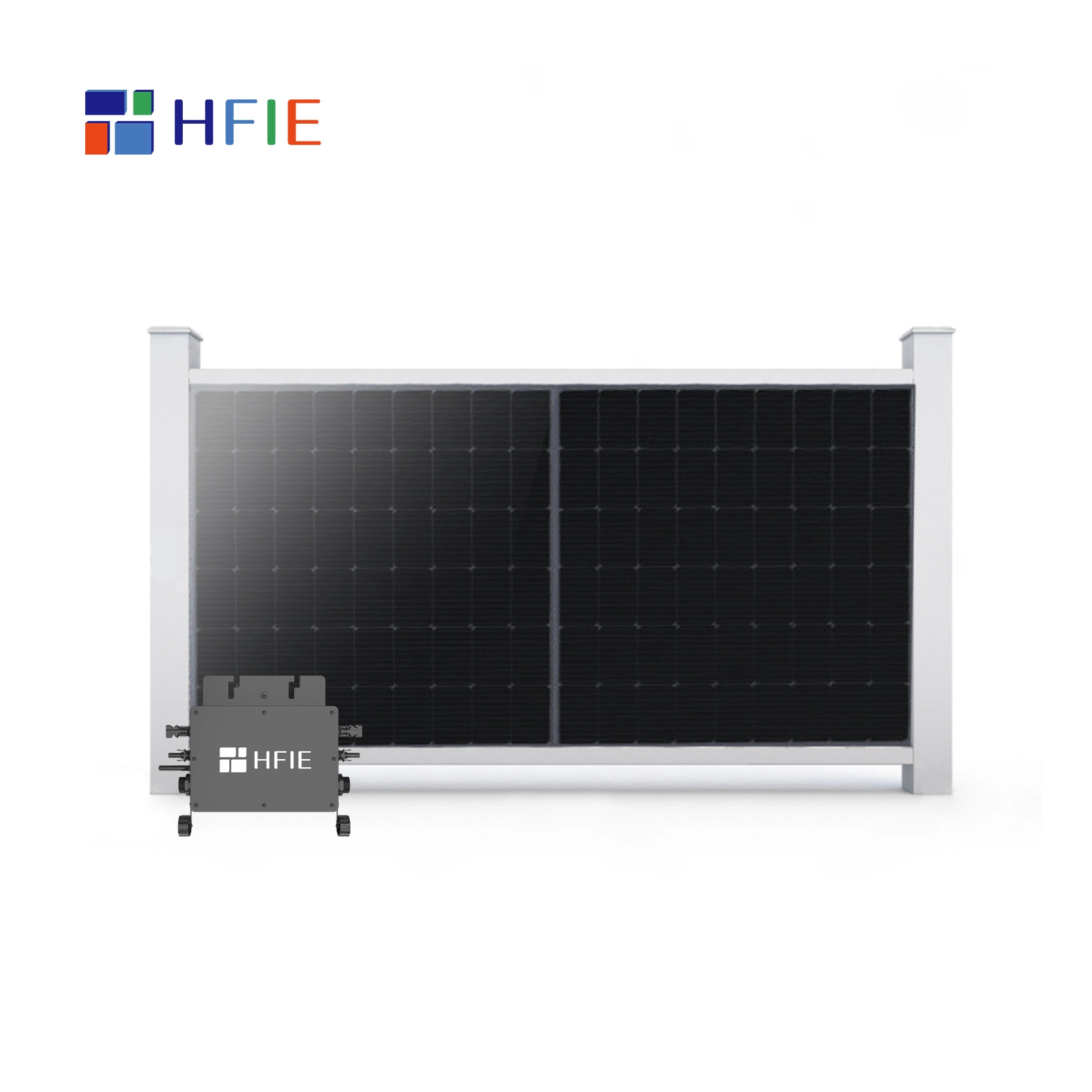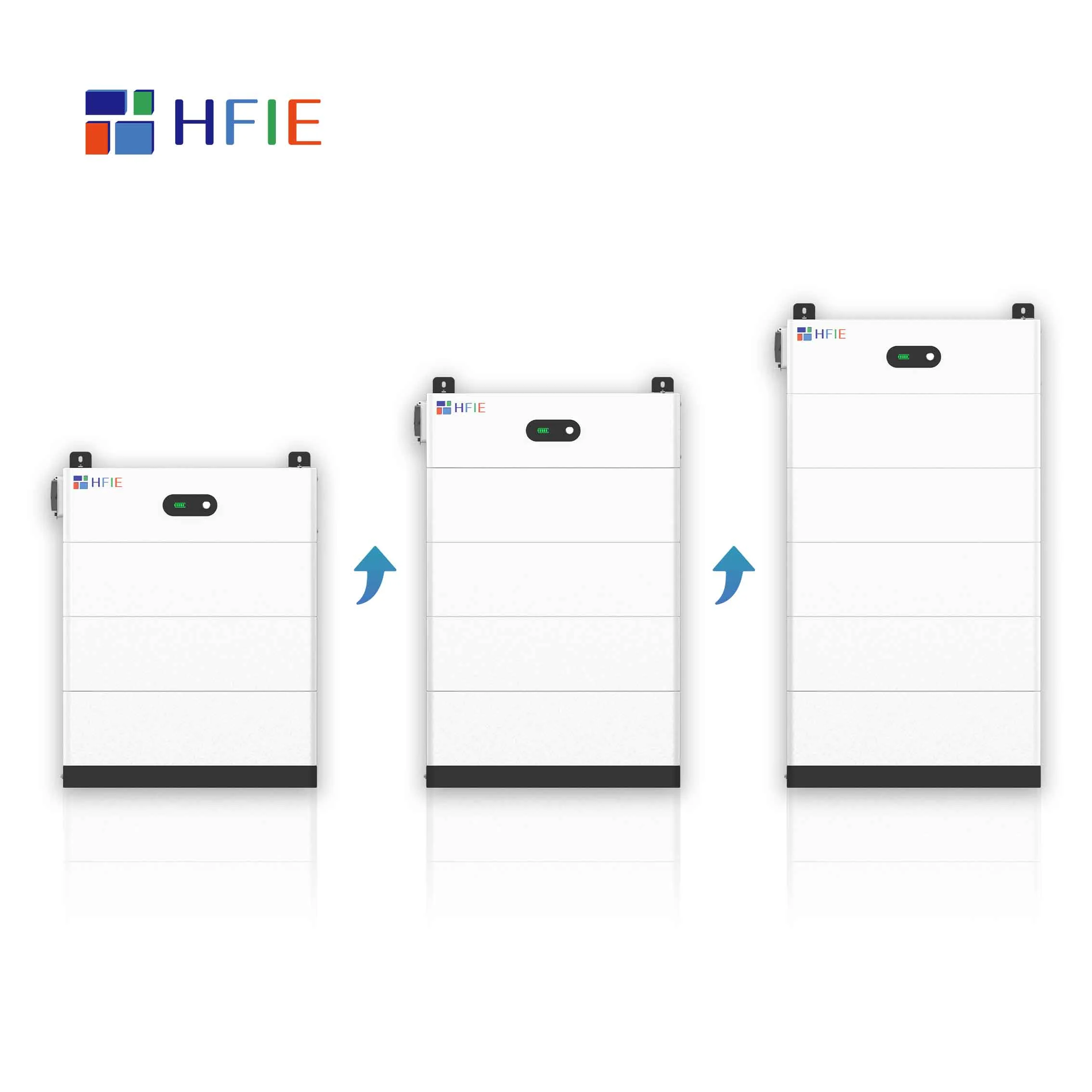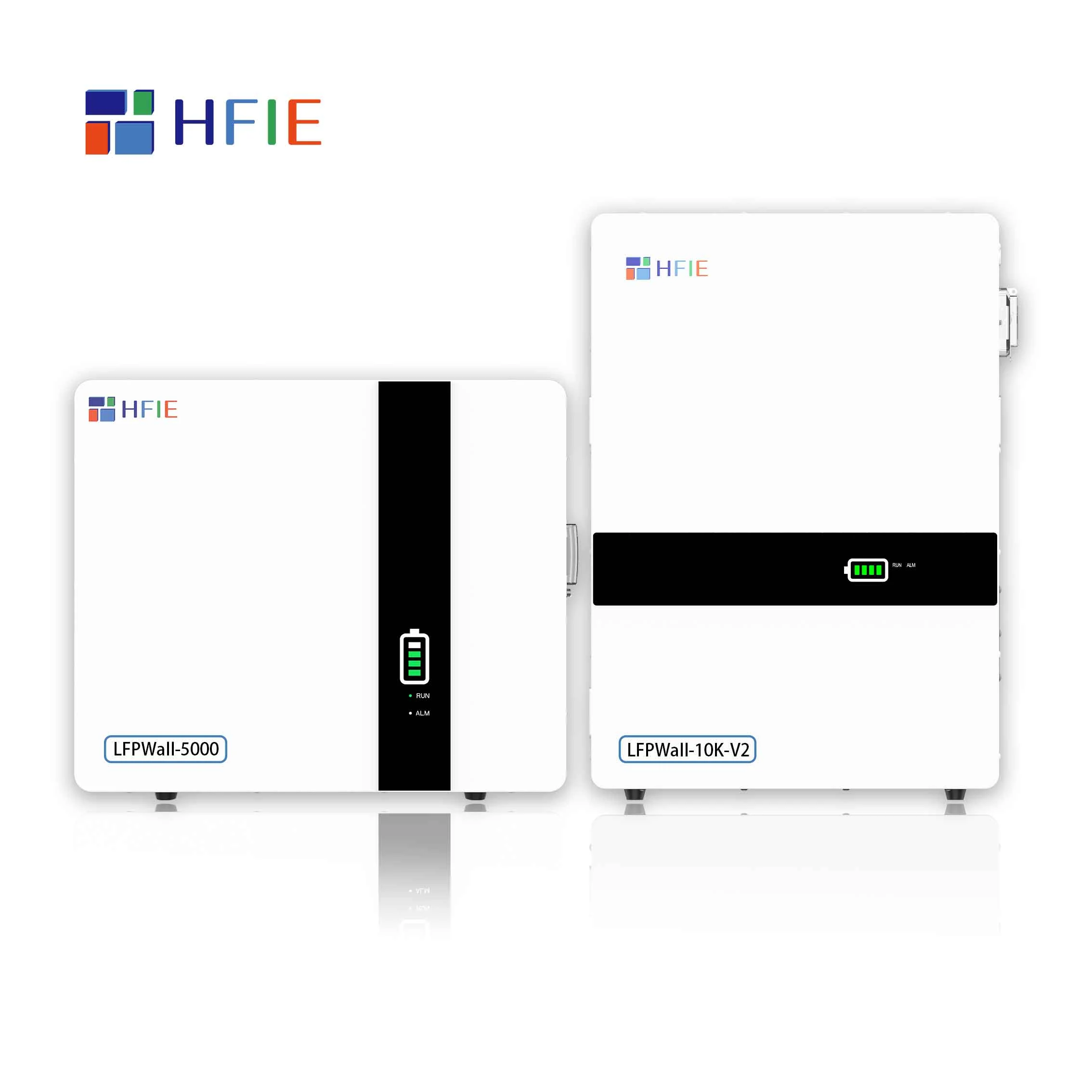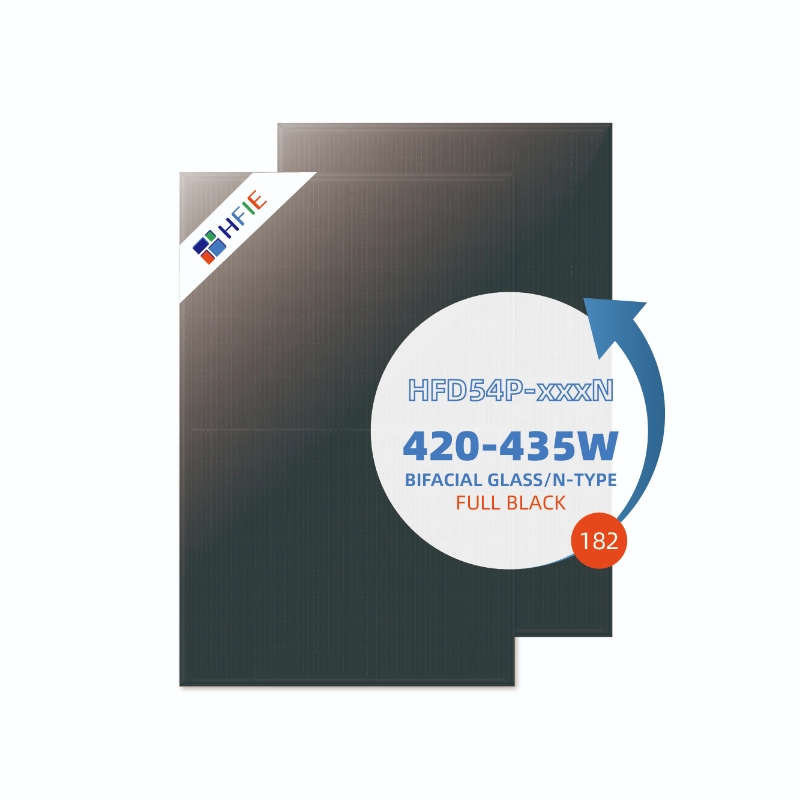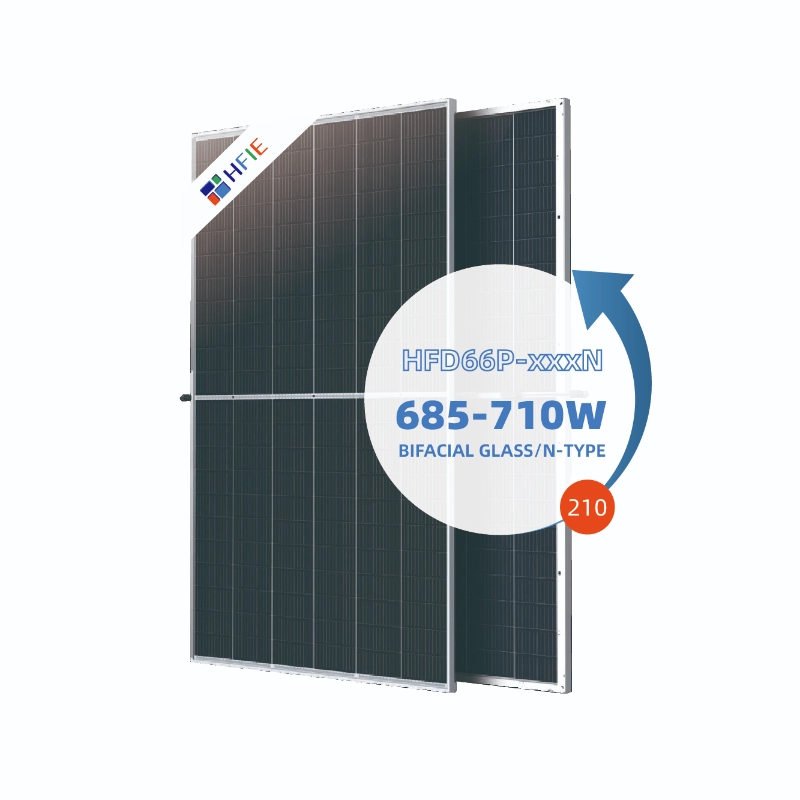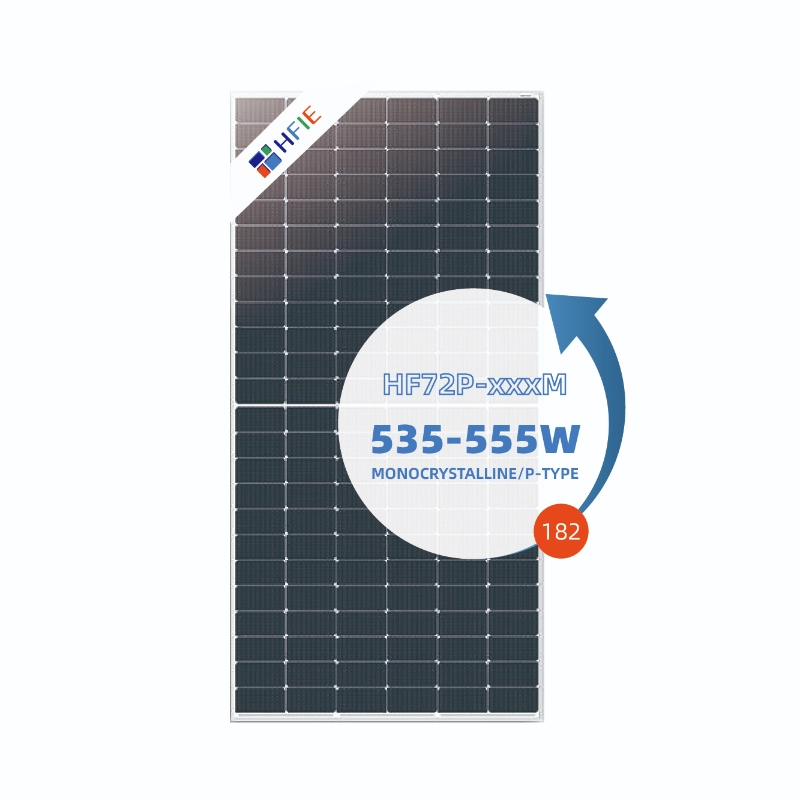In the deep integration of photovoltaic and industrial and commercial electricity scenarios, energy storage systems are by no means optional add-ons, but the core hub that determines the economy and stability of the entire energy solution. When the installed capacity of distributed photovoltaics exceeds 100 million kilowatts, the dual needs of grid absorption pressure and electricity cost control make storage from an “optional item” to a “must-have item”.
The core value of the energy storage system lies in its ability to transfer electricity in time and space. In current industrial and commercial scenarios, more than 90% use lithium iron phosphate battery energy storage, and its cycle life can reach 3000-5000 times, fully covering the 8-10 year business operation cycle. Taking a 1MWh energy storage system as an example, its charging and discharging efficiency is about 85%-90%. This energy loss control ability directly determines the project revenue.
Dynamic response speed is another key indicator of storage. The response time of a high-quality energy storage system from standby to full power discharge can be controlled within 200 milliseconds, which can accurately smooth the fluctuation of photovoltaic output and control the current harmonics injected into the grid within 5%, which is far lower than the national standard of 10%. After a food processing plant installed fast response energy storage, the grid fines were reduced by 72%.
When selecting industrial and commercial photovoltaic storage, the storage capacity is usually 10%-30% of the photovoltaic installed capacity, based on the matching degree between the photovoltaic installed capacity and the electricity consumption curve. The case of an electronics factory in Shanghai proved that when the storage capacity reached 25% of the photovoltaic installed capacity, the return on investment (ROI) reached a peak of 15.6%. Further increasing the capacity will cause the ROI to decline due to diminishing marginal benefits.
At the same time, the power level needs to match the characteristics of the power load. Factories with motor loads as the main load need to be equipped with high-power short-term energy storage (such as a 2-hour discharge rate); while continuous loads such as lighting and air conditioning are suitable for long-term energy storage (4-6 hours discharge rate). A Beijing auto parts factory saves 360,000 yuan in basic electricity bills annually by adjusting the energy storage power output in different time periods. Another point is that most industrial and commercial factories are located in high-temperature environments, and the operating temperature of the energy storage system needs to be controlled at 25-35℃, and forced air cooling or liquid cooling systems become standard.
In the operation and maintenance of industrial and commercial photovoltaic storage systems, battery health (SOH) management is the core of operation and maintenance. Through regular charge and discharge tests (full capacity cycle once a month), the battery attenuation can be monitored in real time. When the SOH drops below 80%, the charge and discharge strategy needs to be adjusted. The SOH of a chemical plant energy storage system dropped to 78% in the sixth year of operation. By adjusting the upper and lower limits of charge and discharge, the system has been stable for an additional 2 years.
Against the background of deepening power market reform, storage is upgrading from a “cost control tool” to a “profit creation platform”. In the Guangdong power spot market, the energy storage system of an industrial park can obtain a profit of 0.8 yuan/kWh for a single transaction by participating in the day-ahead market bidding, which is 50% higher than the simple peak-valley arbitrage. Demand-side response (DR) opens up new space for storage. When the power grid issues a load control instruction, the energy storage system can quickly reduce the power load by 10%-20% in exchange for a response subsidy of 10-30 yuan per kilowatt.

